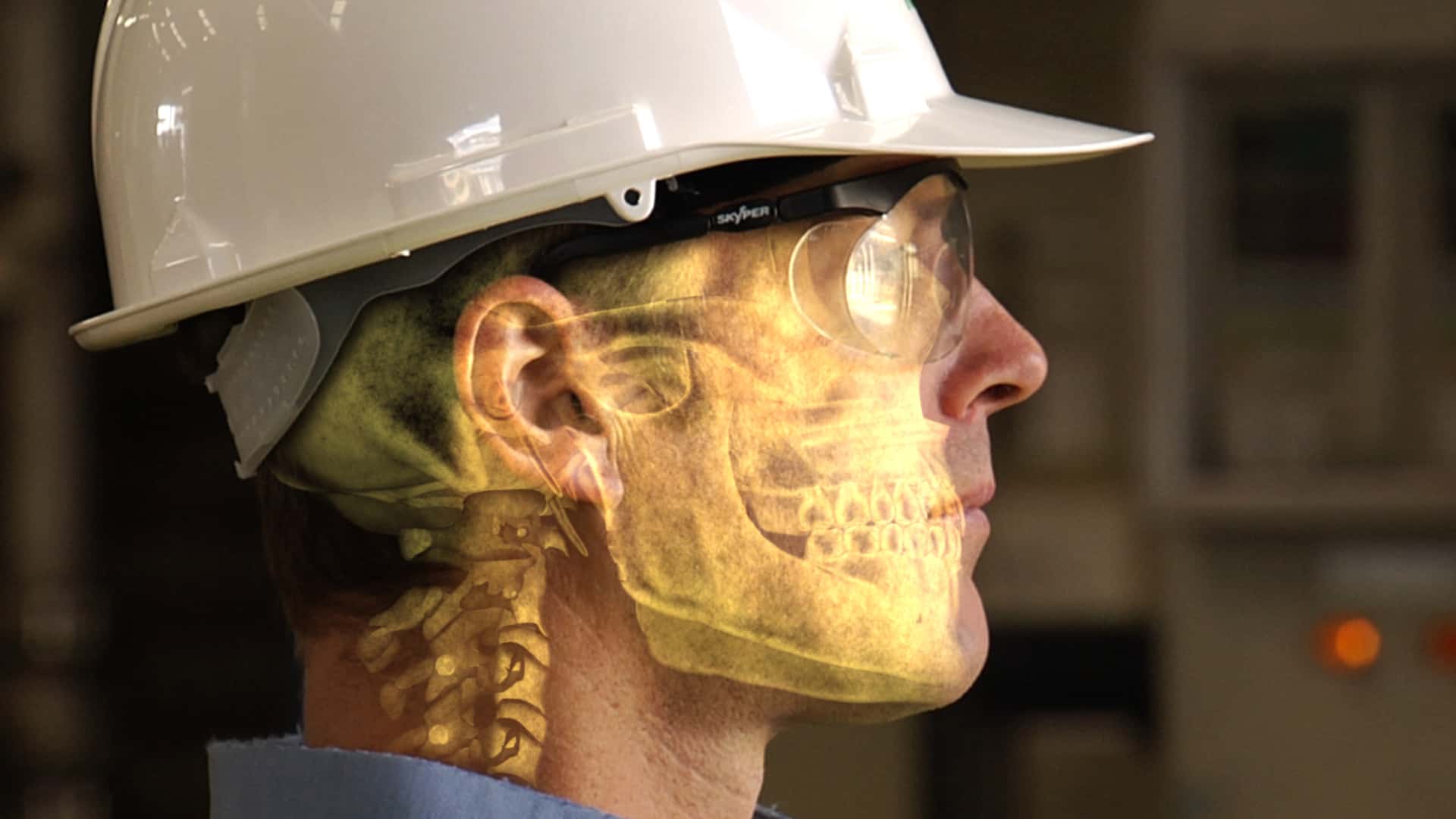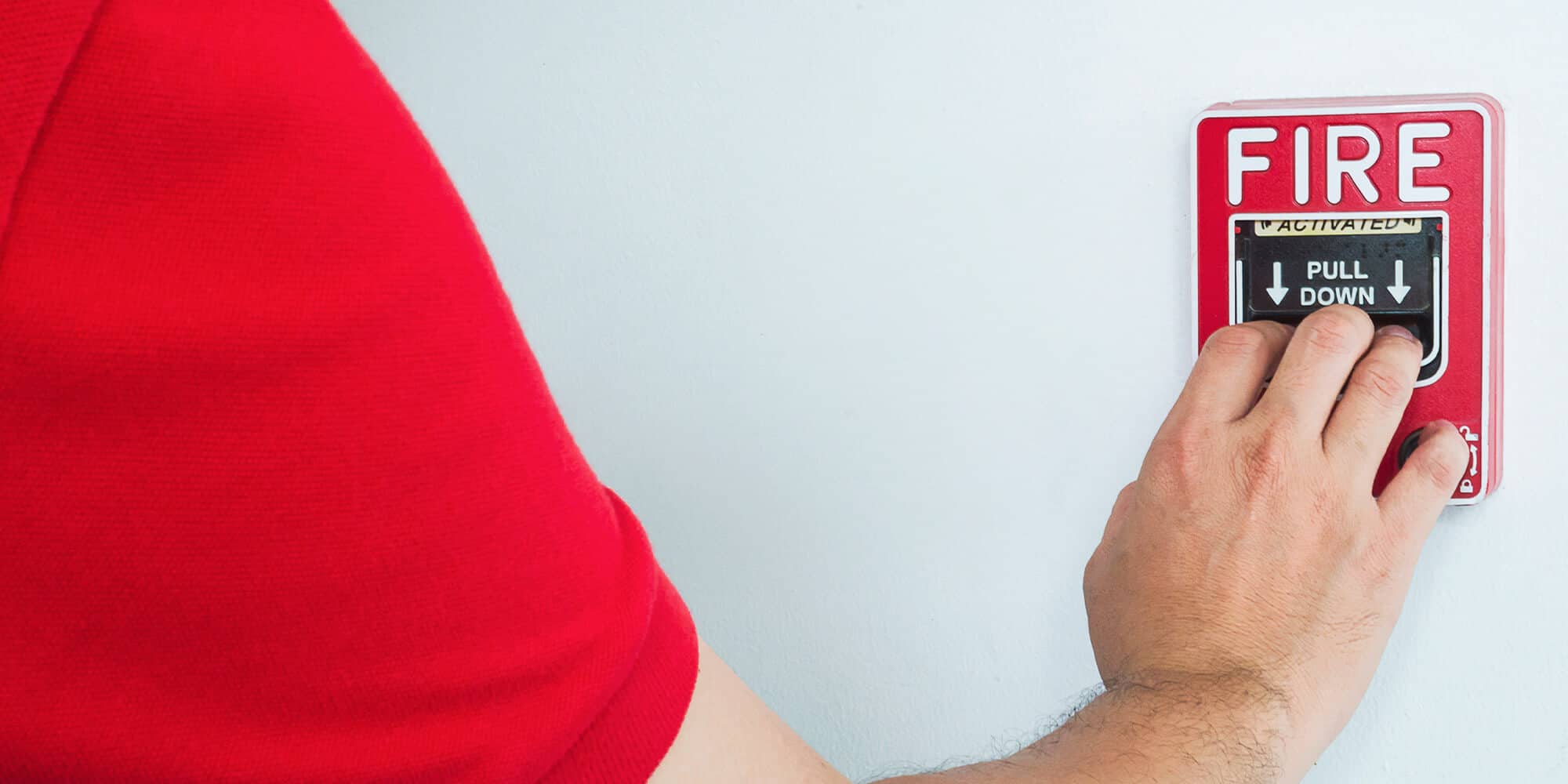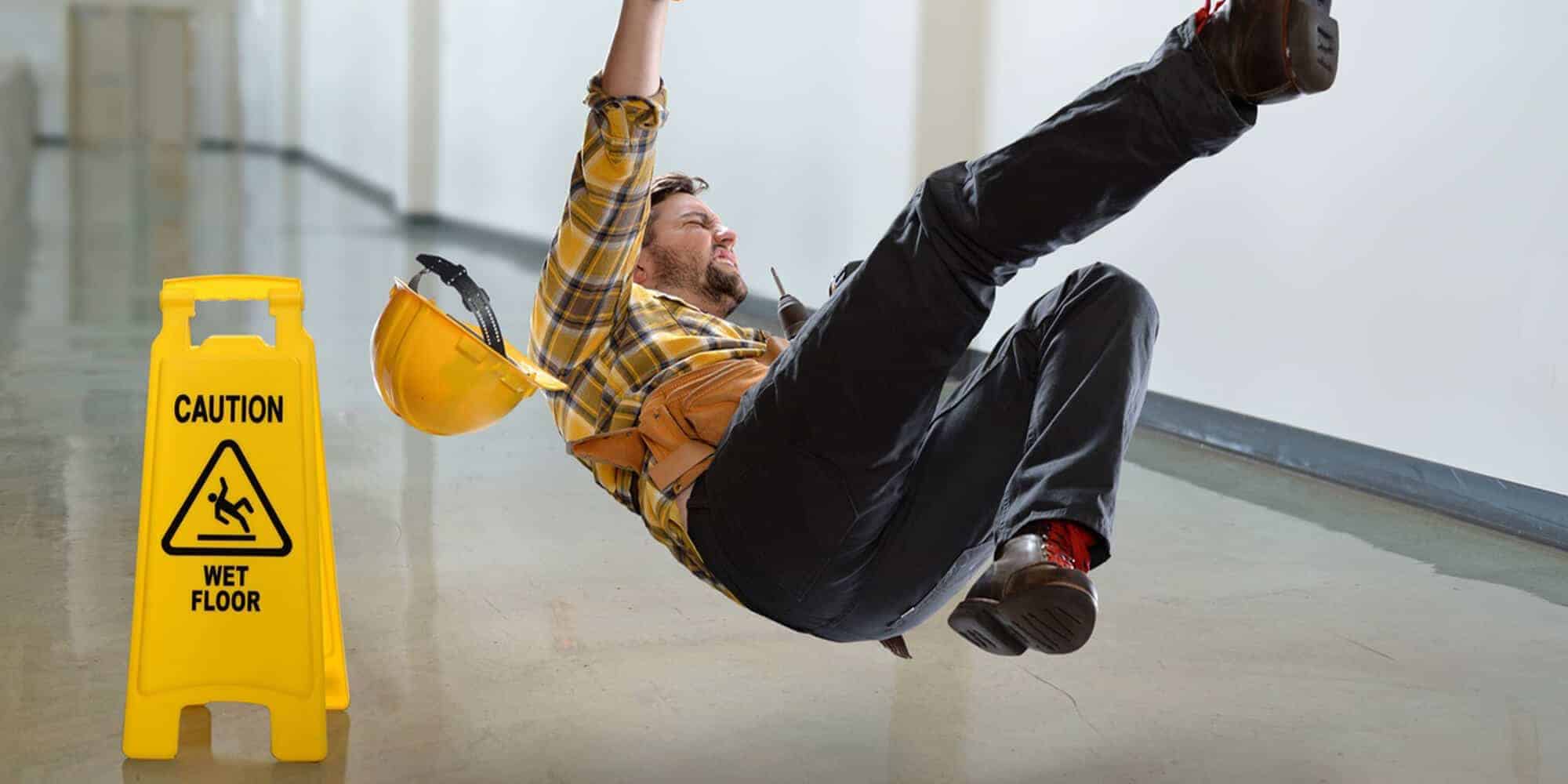Safety is of utmost importance in the construction industry, where workers face numerous hazards daily. Implementing effective safety practices and providing comprehensive safety training is essential for ensuring a secure job site. In this article, we will explore the best practices for construction site safety, focusing on relevant construction site key safety training topics. By prioritizing safety, construction companies can protect their workers and create a culture of safety.
Risk Assessment and Hazard Identification
Conducting thorough risk assessments and identifying potential hazards is the foundation of construction site safety. Safety training should include topics such as hazard recognition, site-specific risks and the importance of regular inspections. Workers should be trained to identify hazards and report them promptly to minimize the potential for accidents or injuries.
Personal Protective Equipment (PPE)
Proper usage of Personal Protective Equipment (PPE) is crucial in construction. Safety training should cover the selection, fitting and maintenance of PPE, including hard hats, safety glasses, gloves, steel-toed boots and high-visibility vests. Emphasize the importance of wearing PPE at all times and provide training on its proper use to protect workers from potential hazards.

View the online collection of safety training video content organized around injury protection and PPE. All workplace injury prevention strategy courses in the collection include an online safety video, online safety assessments, facilitator’s guides and trainee course certificates.
Fall Protection
Falls are a leading cause of injuries in the construction industry. Safety training should focus on fall protection measures, including the correct use of harnesses, guardrails and safety nets. Workers should be trained to identify fall hazards, use fall protection equipment and understand proper ladder and scaffolding safety practices.
Electrical Safety
Construction sites often involve electrical installations, which pose significant risks if not handled correctly. Safety training should cover electrical safety, including lockout/tagout procedures, proper grounding and the dangers of working near live electrical equipment. Workers should be trained to identify electrical hazards, follow safe work practices and understand emergency procedures in case of electrical incidents.
Heavy Machinery and Equipment Operation
Construction sites often involve the use of heavy machinery and equipment, which requires proper training and certification. Safety training should include topics such as equipment operation, safe lifting techniques and the importance of equipment inspections and maintenance. Workers should be trained to operate machinery safely, follow manufacturer guidelines and understand the risks associated with improper machine operation.
Excavation and Trenching Safety
Excavation and trenching activities carry inherent risks, including cave-ins and utility line strikes. Safety training should focus on proper excavation techniques, soil analysis, shoring and sloping methods and the use of protective systems. Workers should be trained to recognize hazards associated with excavation work and understand the importance of following safety procedures to prevent accidents and injuries.

Emergency Preparedness and Response
Preparing workers for emergencies is critical in construction. Safety training should cover emergency response protocols, including evacuation procedures, first aid & CPR training and the proper use of fire extinguishers. Workers should be trained to respond promptly and effectively in emergency situations to mitigate risks and protect themselves and others.
Construction site safety is paramount for protecting workers and preventing accidents or injuries. By implementing best practices and providing comprehensive safety training, construction companies can better create a secure job site environment. Prioritize risk assessments, emphasize the proper usage of PPE, provide training on fall protection, electrical safety, machinery operation, excavation safety and emergency preparedness. By equipping workers with the necessary knowledge and skills, construction companies can ensure a culture of safety and reduce the likelihood of workplace incidents.





